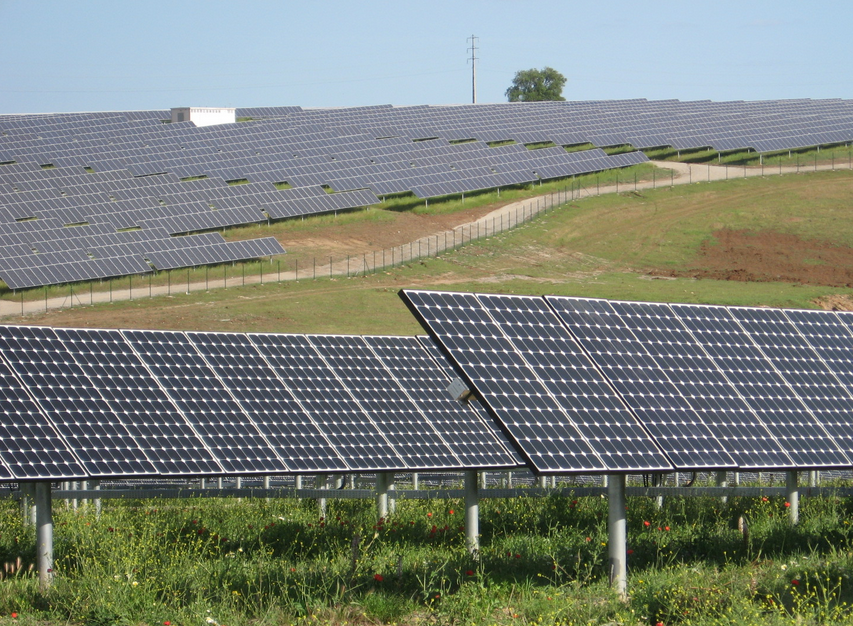 Abraham Lincoln
If given the truth, the people can be depended upon to meet any national crisis...
Abraham Lincoln
If given the truth, the people can be depended upon to meet any national crisis...
 Guildford news...
for Guildford people, brought to you by Guildford reporters - Guildford's own news service
Guildford news...
for Guildford people, brought to you by Guildford reporters - Guildford's own news service
Letter: Another Solution: Solar Panels On ‘Water Intensive, Biodiversity Wasteland’ Golf Courses
Published on: 15 Oct, 2022
Updated on: 15 Oct, 2022
From Mark Stamp
Whilst I agree that the roofs of especially industrial buildings should be used for solar panels, this is often not possible on existing buildings.
Also, any project is much more complex due to multiple owners needing to agree to get the same area as a solar farm.
Planning regulations need to be changed so that solar is mandated on all new industrial buildings and restrictions removed but speed is of the essence if we are to prevent the worst predictions of climate change.
The current regulations prevent solar farms in the most productive land, up to category 3A. The government’s proposal is to extend this to include 3B which is defined as able to produce moderate amounts of a narrow range of crops.
Many studies, including those produced by the government show that these changes will have a negligible impact on food security.
Much agricultural land in the UK has relatively poor soil due to industrial farming practices of the last 50 years. One way of improving soil health is to leave it fallow for some time. Due to the minimal amount of infrastructure a solar farm requires, land can easily be returned to agriculture at the end of the solar farm’s life at which point it will be more productive.
One other point often neglected is the massive biodiversity gain that a solar farm can add to an area helping sustain native species which have been decimated by industrial farming.
Solar farms will only ever use a small fraction of green land. If we want to discuss effective land use then let’s start with the water intensive, biodiversity wastelands that are the golf courses that cover Surrey to enable a dwindling number of wealthy people to spoil a good walk.
There are many possible solutions to the energy and climate crises, the answer is to use everything available.
Recent Articles
- New Parish Councillor Says Funds from Developers Must Benefit the Local Community
- Tests at Paddling Pool Showed Water Was Too Alkaline, Says GBC
- Letter: Our Residents Want CIL Money Properly Used for Infrastructure Without Delay
- Charity’s New Programme Meets Needs of SEND Children Without School Places
- Pasta Evangelists to Open First Restaurant Outside London – Right Here in Guildford
- Police Seek Witnesses to Park Barn Assault
- Notice: Rosamund Community Garden
- Village School Set to Close Due to Falling Birth Rate
- Letter: Waverley’s Management of CIL Money Is Morally Questionable
- Dragon Interview: MP Hopes Thames Water Fine Will Be ‘Final Nail in Its Coffin’


Search in Site
Media Gallery
Dragon Interview: Local Artist Leaves Her Mark At One of England’s Most Historic Buildings
January 21, 2023 / No Comment / Read MoreDragon Interview: Lib Dem Planning Chair: ‘Current Policy Doesn’t Work for Local People’
January 19, 2023 / No Comment / Read MoreA3 Tunnel in Guildford ‘Necessary’ for New Homes, Says Guildford’s MP
January 10, 2023 / No Comment / Read More‘Madness’ for London Road Scheme to Go Ahead Against ‘Huge Opposition’, Says SCC Leader
January 6, 2023 / No Comment / Read MoreCouncillor’s Son Starts Campaign for More Consultation on North Street Plan
December 30, 2022 / No Comment / Read MoreCounty Council Climbs Down Over London Road Works – Further ‘Engagement’ Period Announced
December 14, 2022 / No Comment / Read MoreDragon Interview: GBC Reaction to the Government’s Expected Decision to Relax Housing Targets
December 7, 2022 / No Comment / Read MoreHow Can Our Town Centre Businesses Recover? Watch the Shop Front Debate
May 18, 2020 / No Comment / Read More














Recent Comments